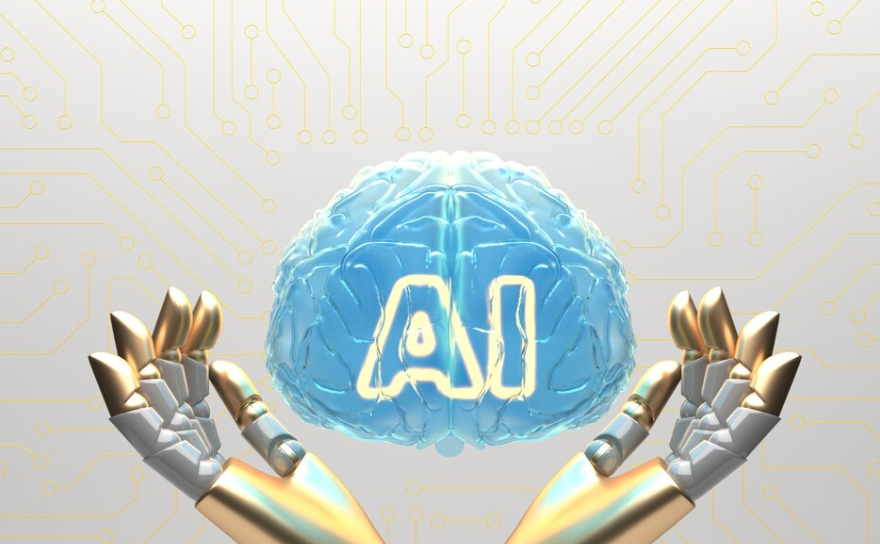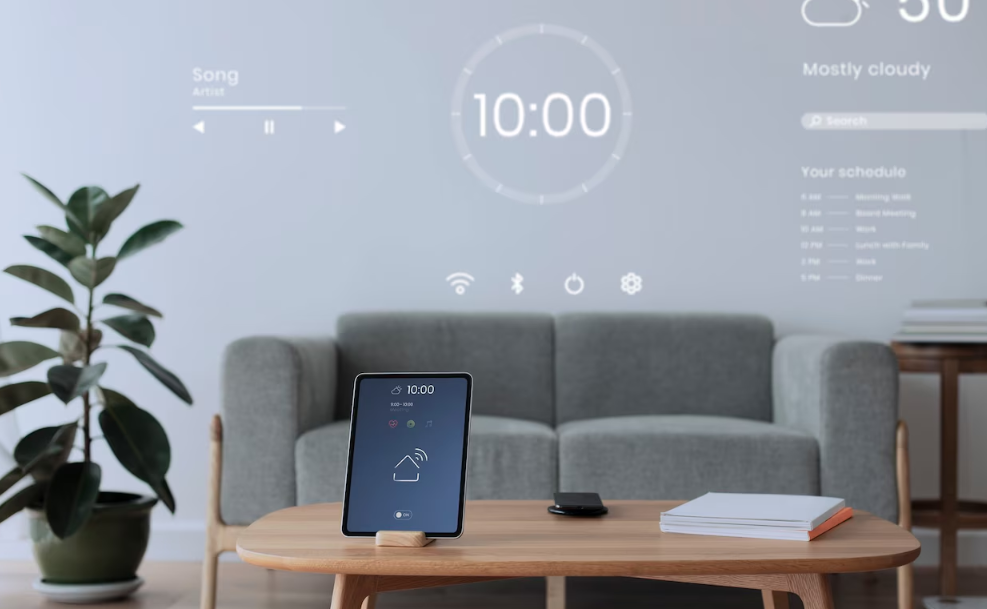In an age where smartphones, tablets, and cloud computing dominate the tech landscape, it might seem like the personal computer (PC) is on the brink of extinction. Yet, over the past few years, the PC has made a remarkable resurgence, with new innovations and adaptations that are reshaping its role in both personal and professional environments. So, how is the PC reinventing itself? And why is it making a comeback in a world that increasingly relies on mobile-first technologies?
The Changing Role of Personal Computers
Historically, personal computers were the cornerstone of work, entertainment, and creativity. From the desktop PC that defined the late 20th century to the rise of laptops and all-in-ones, the PC evolved to meet the needs of an increasingly digital world. However, as mobile devices like smartphones and tablets grew in popularity, many predicted the decline of the PC as a personal tool.
Fast forward to today, and the narrative has shifted. Rather than disappearing, personal computers are reinventing themselves, adapting to new demands, and integrating technologies that have redefined how we use them. The return of the personal computer is not about replicating old models but about evolving to meet the needs of a new generation of users.
Key Trends Driving the Reinvention of the PC
1. Hybrid Devices: Blending Laptops and Tablets
One of the biggest transformations in the world of personal computing is the rise of hybrid devices—laptops that can transform into tablets. These devices, such as Microsoft’s Surface Pro and the Lenovo Yoga series, offer the flexibility to use a traditional laptop experience while also providing the convenience of a touchscreen tablet.
- Benefit: These hybrid PCs are ideal for users who need both productivity and portability. They allow for seamless transitions between typing and touch-based interactions, making them perfect for work, entertainment, and creative tasks.
The integration of 2-in-1 devices ensures that the PC remains relevant in a mobile-first world, offering both the power of a desktop and the flexibility of a tablet.
2. Performance Powerhouses: Gaming and Content Creation
Another key factor driving the return of personal computers is the increasing demand for high-performance devices. While smartphones and tablets are sufficient for everyday tasks, they are still limited in power and functionality compared to traditional PCs. With the rise of gaming and content creation, particularly in areas like video editing, 3D modeling, and graphic design, personal computers have become powerhouses of performance.
- Example: The success of gaming PCs, which boast high-end graphics cards, powerful processors, and customizable features, has brought the PC back into the spotlight. Similarly, content creators rely on powerful workstations to handle demanding software like Adobe Premiere, Final Cut Pro, and AutoCAD.
- Benefit: These performance-driven PCs cater to specialized markets and continue to set the standard for power, offering users the ability to perform resource-intensive tasks that cannot be matched by mobile devices.
3. Cloud Integration: PCs as Hubs for Digital Ecosystems
Cloud computing has become an integral part of modern computing, enabling users to store data, run applications, and access services without relying solely on the hardware of their devices. Today’s personal computers are designed to work seamlessly with cloud services, making them more flexible and adaptable.
- Example: PCs are increasingly integrated with cloud storage platforms like Google Drive, OneDrive, and Dropbox, allowing users to access their files from anywhere and on any device.
- Benefit: Cloud-based applications and services make PCs more versatile, reducing the need for local storage and providing users with a more interconnected and streamlined experience. The ability to sync data and settings across devices makes PCs a vital part of an integrated digital ecosystem.
4. Design Innovation: Aesthetic and Functional Appeal
In an effort to stay relevant in a market dominated by sleek mobile devices, PC manufacturers have focused heavily on design innovation. Today’s personal computers are not only more powerful but also more visually appealing and ergonomically designed.
- Example: The trend towards ultra-thin laptops, such as Apple’s MacBook Air or Dell’s XPS 13, emphasizes portability without sacrificing performance. Similarly, all-in-one desktops like Apple’s iMac and Microsoft’s Surface Studio combine minimalist design with powerful computing capabilities.
- Benefit: Aesthetic improvements make personal computers more desirable to users who are increasingly looking for devices that are both functional and stylish. The design of a PC is no longer just about performance; it’s about creating an experience that fits into modern lifestyles.
5. Remote Work and Learning: The PC as a Productivity Hub
The global shift toward remote work and online learning, accelerated by the COVID-19 pandemic, has reaffirmed the importance of personal computers. Unlike mobile devices, which may not be suitable for extended work sessions, PCs provide the power, screen real estate, and ergonomics necessary for focused productivity.
- Example: Remote workers and students rely on PCs to access cloud-based software, video conferencing platforms, and document collaboration tools. Laptops and desktops provide the full functionality of a traditional office or classroom setup, allowing users to perform a wide range of tasks.
- Benefit: The PC’s role as a productivity hub has been reinforced in an age where digital collaboration and virtual meetings are the norm. The return of the personal computer in the context of remote work and learning has made it a necessity for both individuals and businesses.
The Future of Personal Computing
The future of personal computers lies in continued innovation and integration. As new technologies like 5G, artificial intelligence (AI), and augmented reality (AR) continue to evolve, the PC will likely evolve with them.
- AI Integration: PCs could become more intuitive, using AI to optimize performance, predict user behavior, and enhance productivity tools.
- 5G Connectivity: With the rollout of 5G, PCs will have faster, more reliable connections, enabling users to access data and collaborate in real time from anywhere in the world.
- AR and VR: As AR and VR technologies mature, PCs could serve as central hubs for immersive experiences in gaming, education, and even professional work environments.
The personal computer is far from obsolete. Instead, it is undergoing a transformation, adapting to modern needs and technological advancements. Whether in the form of hybrid devices, high-performance workstations, or cloud-integrated hubs, the PC remains a vital tool for work, creativity, and play in the digital age.
Conclusion
The personal computer is making a triumphant return by reinventing itself to meet the needs of the modern world. Through design innovation, powerful performance, seamless cloud integration, and adaptability to remote work and learning trends, the PC has proven that it still has a key role to play in the future of technology. As personal computing continues to evolve, it will undoubtedly remain at the heart of the digital ecosystem, offering users the tools they need to navigate an increasingly connected and complex world.


